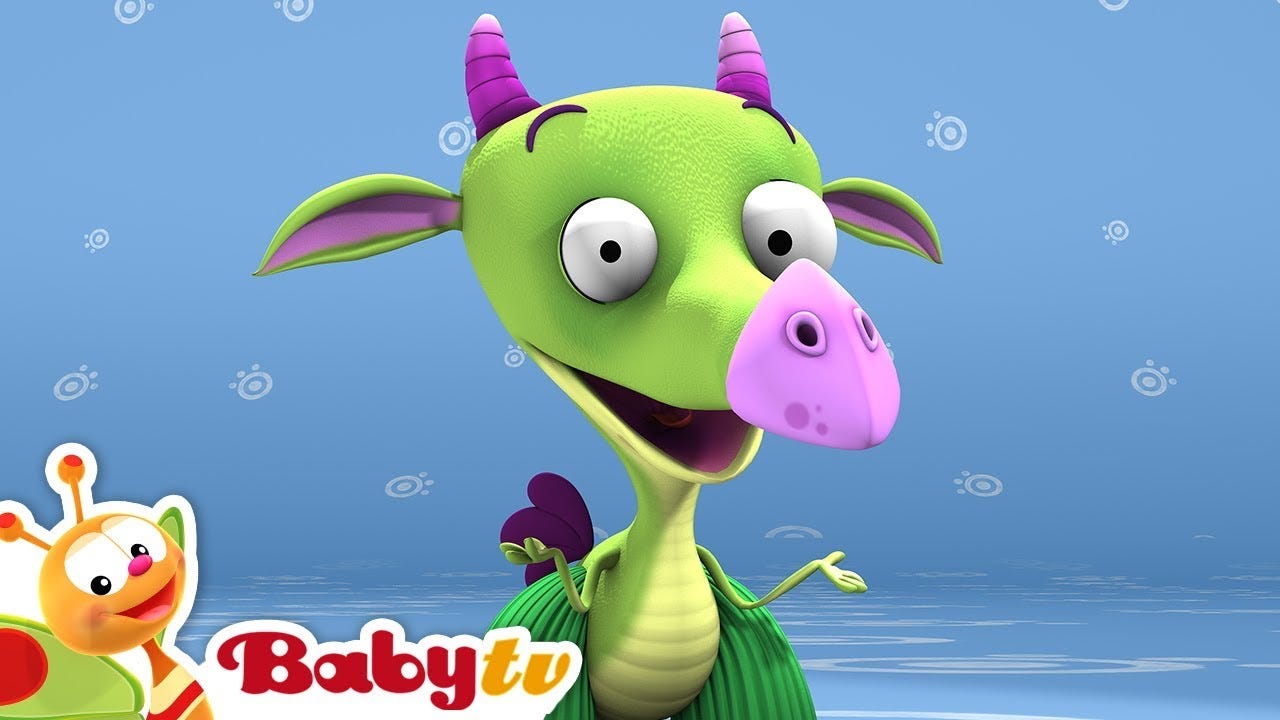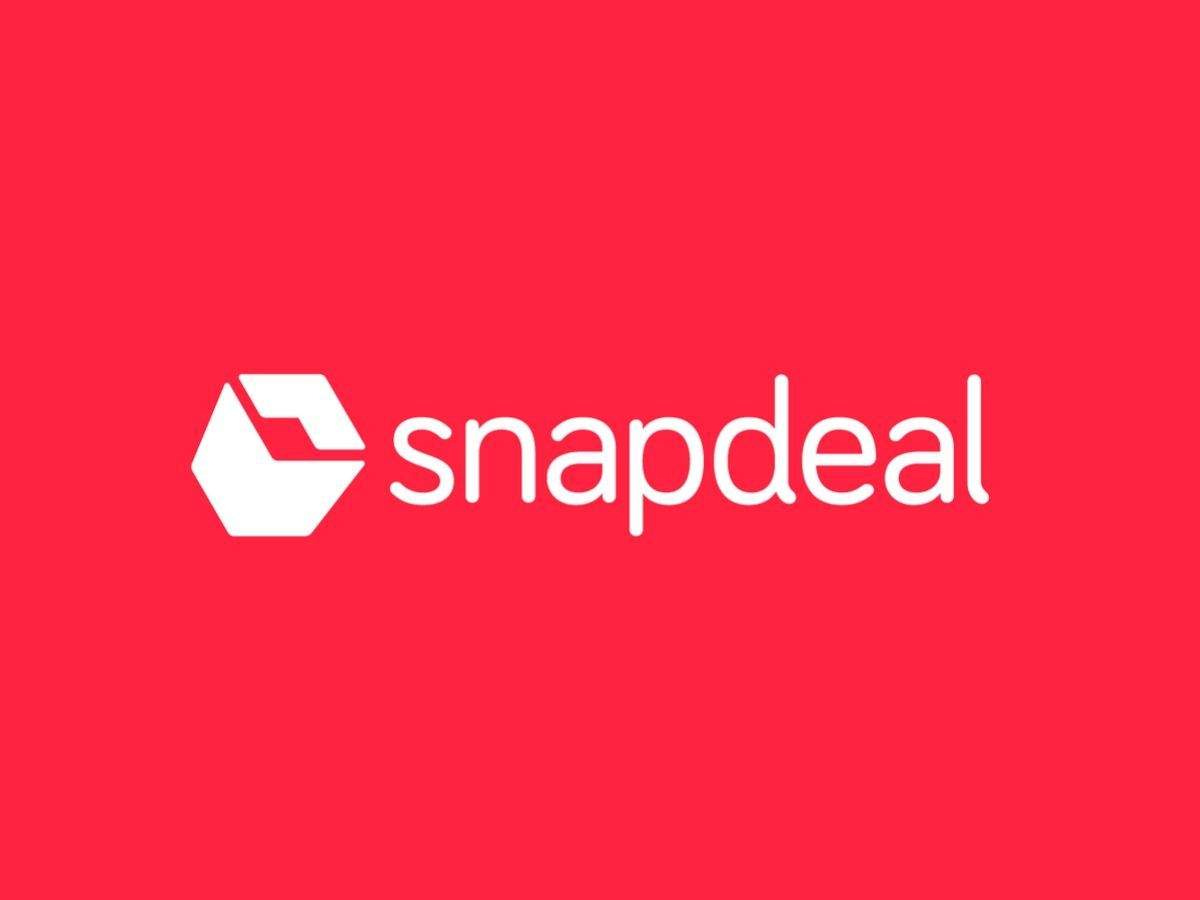Counterintuitive Distribution Channels that I have always admired
All of us have read Kotler and his Four Ps of Marketing. Product, Price, Placement and Promotion. Amongst these four, the hardest two to nail are Product and Placement (Distribution). In this post, we would talk about Distribution which is oft treated as a poor cousin of Product and hardly gets any attention from the startup teams under the assumption that “You build a great product and they will flock to get a chunk of it”.
But they forget that even if a Big tree falls in a forest with a thud then nobody notices.
As we ourselves figured out when we built out the first version of our first startup - Baggout.

Most of the blogs that I have read talk about the obvious distribution channels like SEO, Paid Channels like Facebook & Google, Emailers, Social Media etc so won’t discuss those in this post but would focus on the non-obvious distribution channels which certain companies nailed and laughed all the way to the bank.

Baby TV - It is a content company which creates video content for toddlers especially those below 4 years of age. Generally speaking, video content for kids is considered to be habit forming and is frowned upon by the parents and teachers. We were, therefore, astonished when our baby girl’s play school teachers at Sriram Global Play school advised us to let her watch Baby TV as compared to other channels and content available on TV and internet. And boy, were they right. She used to love it and we also encouraged her to watch the same.
Analysis:
Content: It is based on scientific understanding of what a toddler should be exposed to. It is short form content with focus on sleeping music, loveable colours and rhymes which kids and parents both enjoy.
Distribution: Distribution through large nodes of influence: Schools are the biggest nodes of influence for a kid related business. Baby TV has sorted it out through creating content which is leaps and bounds ahead of competition and is revered by teachers.
High Virality and Retention: Just imagine, one influencer leading to acquisition of 100s of captive customers at zero cost and then those consumers also reinforcing the positive loop when they meet everyday in school. The virality factor is definitely more than 1 and retention over weeks is also pretty high. Baby TV, thus, is pretty popular in 100+ countries and claims to be Number 1 Kids Channel globally.

Snapdeal: Snapdeal started off as a deal website - acquired Millions of customers who are deal hunting for Spas, Salons, Gyms and similar high priced/luxury services. These customers definitely had disposable income and were heavy internet users so were primed to be targeted for e-commerce.
And Voila, they started an online commerce business which grew to become India’s second largest e-commerce store at its peak after Flipkart and their initial customer acquisition cost was really low as compared to their competitors since they already had a brand which people recognised and bought deals from.
The customer acquisition cost (CAC) for deals business is, generally, a small fraction of the CAC and the overlap between the ecom customer and deals customer is very high affording them to market e-commerce products to the audience.
Snapdeal, therefore, leveraged an already existing audience to peddle a high margin business and succeeded at the same.
So, these were the two examples that have always enamoured me in terms of their use of an alternative distribution channels to grow their audience. Would love to hear about similar businesses that you know about and have been impressed with in terms of their use of an alternative distribution channel.
